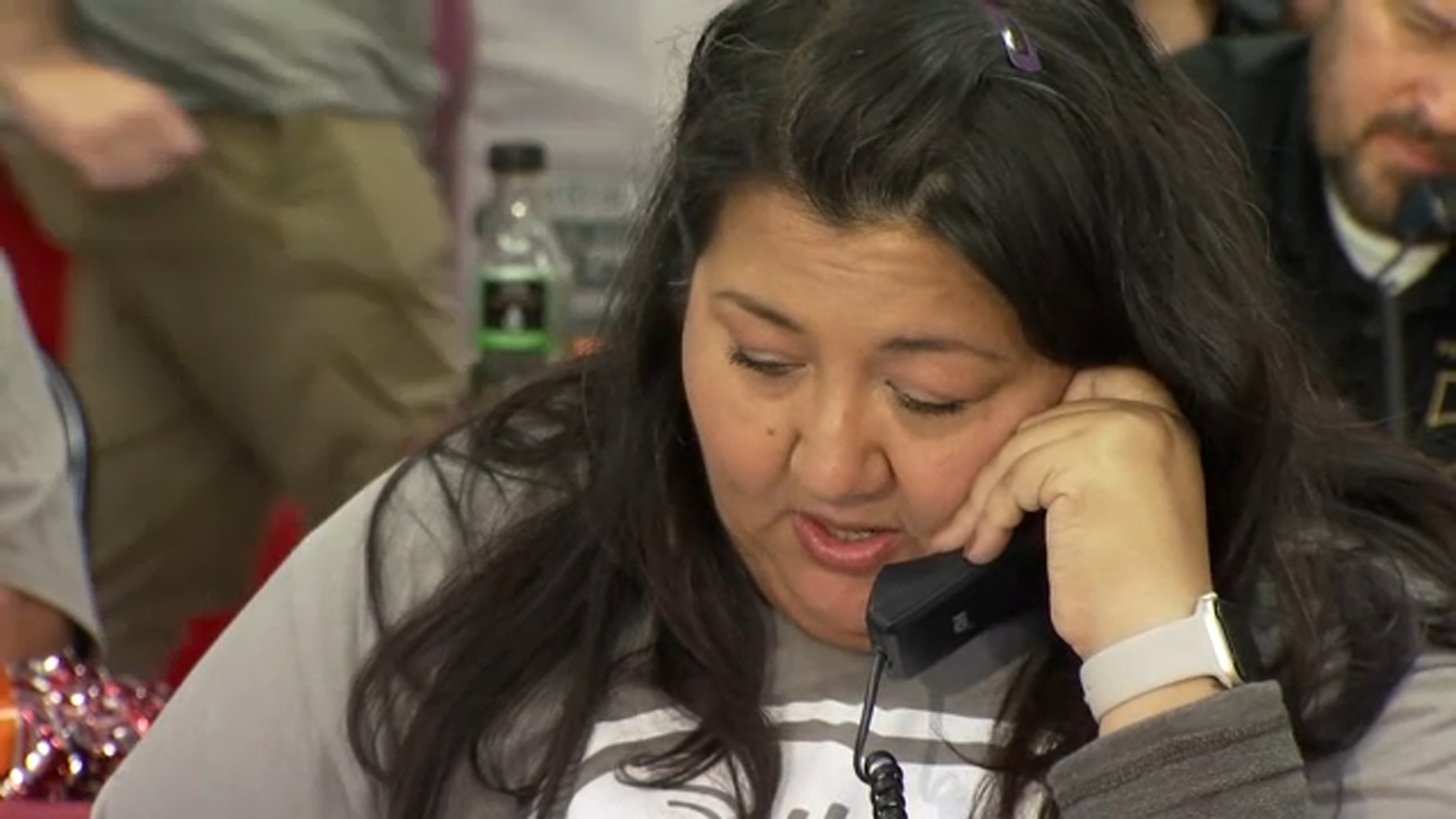Group returning to Pacific island to search for US WWII MIAs

ALBANY, N.Y. -- A private Japanese organization that has found the remains of World War II soldiers on Saipan is planning another excavation on the Pacific island in the hopes of finding more unmarked graves, including those of American servicemen still listed as missing in action from a fierce battle fought more than 70 years ago.
The leaders of Kuentai-USA told The Associated Press that a team of about a dozen Japanese and American volunteers plans to search an area of Saipan where the U.S. Army's 27th Infantry Division was hit by the largest suicide attack of the Pacific ground war. The New York National Guard unit suffered hundreds of casualties, many of them New Yorkers.
The division's 105th Regiment suffered nearly 1,000 killed and wounded during what became known as the "banzai attack" on July 7, 1944.
Scores of New Yorkers were among the casualties. At least five New Yorkers, including three from the Albany area, are still listed as MIA from the attack. A few years ago, Kuentai discovered the skeletal remains of five American soldiers while searching for the remains of Japanese soldiers. Four of the Americans, all members of the 105th Regiment, have been identified and returned to the U.S. for reburial, including a soldier from Brooklyn.
The Defense POW/MIA Accounting Agency, the Pentagon arm in charge of recovering the remains of U.S. soldiers from foreign battlefields, said this week that the remains of the fifth soldier are still undergoing analysis.
Kuentai returned to Saipan in September 2014 to resume the search for MIAs. Among the group's volunteers was Mackenzie Waterston, a college student from upstate Glens Falls, New York. She had met Kuentai's leaders, Usan Kurata and Yukari Akatsuka, two months earlier when they visited the New York State Military Museum to research its records on the 27th Division at Saipan.
Waterston, who was working as a museum intern that summer, departs Friday for her second trip to Saipan. Her passion for history and her family's long record of military service sparked her interest in Kuentai's Saipan project, she said.
"If I ever had a family member who was an MIA, I would want him to returned for burial," said Waterston, a senior military history and anthropology major at Pennsylvania's Edinboro University.
Akatsuka said in an email to the AP that the group's main Saipan excavation will be conducted in an area where 17 soldiers from the 27th Division could be buried in unmarked graves. They'll also excavate a nearby property where two U.S. Marines listed as MIA may have been buried.
The group expects to start excavations next week in an area near the island's western shore and continue until Nov. 8.
The Pentagon's DPAA isn't involved in the Saipan project, a spokeswoman for the agency said.
"The Department recognizes these efforts as critical to the mission and is eternally grateful for this assistance and support," Air Force Lt. Col. Holly Slaughter said in an email.








